Behind “Into the Wild Frontier” with Armorer Dennis Borud
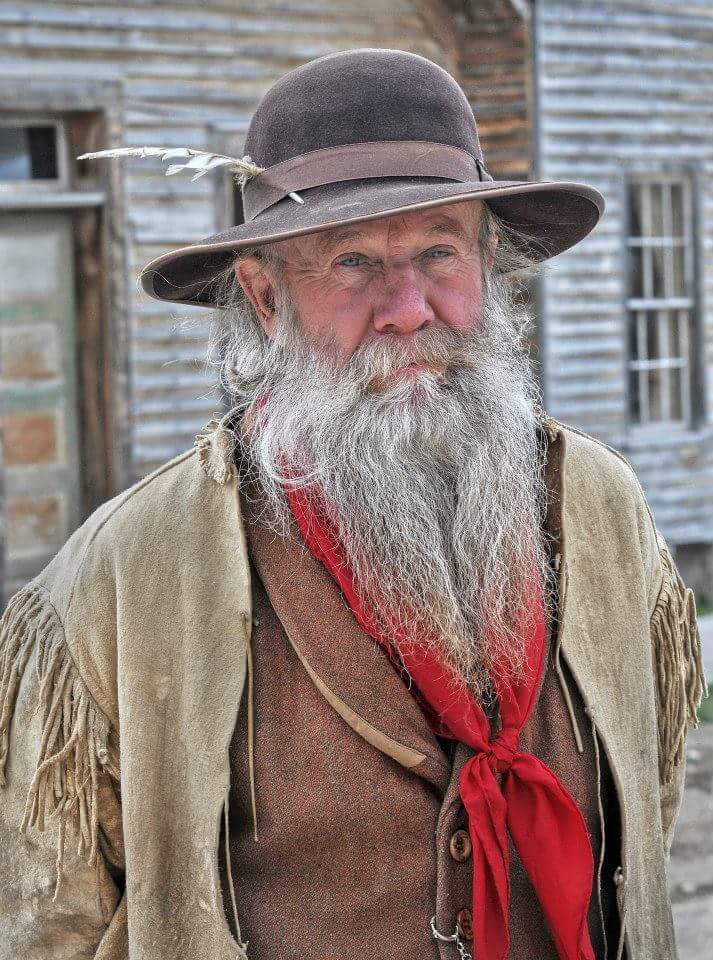
Ever since he was a child, Dennis Borud was different. One of six children raised near Williston, North Dakota, most of his siblings grew up to be realtors and insurance agents. But not him. From the very beginning, Dennis was what you’d consider an “old soul,” entranced by a bygone era, one of the fur trade and military forts along the Missouri River.
“My sister would ask, ‘What’s wrong with Dennis?’” he said. “I’d sleep in a teepee on a buffalo robe and shoot a flintlock rifle. They’d insist I was adopted, and my mom would say, ‘No, he’s one of us.’”
As unusual as Dennis appeared to his siblings, it hasn’t been hard for him to find kindred spirits along his journey, including some in the film industry.
In 2021, as film productions began easing off some of the challenging COVID-19 restrictions, Dennis was hired by his friend and colleague Mark Brown to work as an armorer for the first season of Warm Springs Productions’ “Into the Wild Frontier,” a docudrama directed by Paul Epstein. The show was filmed in several different locations along the Madison River here in Montana, mainly Waterloo, Ennis and south of Norris. Each episode of the series focuses on a different notable frontiersman, including John Colter, Jim Bridger, Lewis and Clark, Kit Carson and Jedidiah Smith, among others.
Dennis and the crew worked five days a week for six and a half weeks. It was constant, and meticulous.
“Some days would be overwhelming,” Dennis said, “especially if I had a rifle that wouldn’t ignite, usually because the flint wouldn’t hit the frizzen to ignite the powder in the pan. There would be other repairs here and there, but – no matter what – the rifles had to be ready to go the next day. I’d also have to clean each weapon extensively each night.”
It was a tall order for Dennis, who, at 77, was the oldest person on the set.
“The makeup girls called me grandpa,” he joked, “and they had to darken my beard. There were no old men back then.”

As armorer, Dennis worked hand in hand with Brown to coach the actors on how to handle a rifle so it looks natural, especially as they carry it through the woods. Many of the actors were also new to flintlock rifles and pistols, so he and Brown had to coach them on how to do it right, which at times was nerve-racking (like “giving a kid a firecracker,” Dennis joked), but the actors got the hang of it.
Dennis might be new to the film industry (he had a small role in “The Ballad of Lefty Brown,” starring Bill Pullman, also thanks to Brown), but he’s a veteran when it comes to historical accuracy, especially in questions of appearance. Such acute attention to detail made Dennis a natural on set. He wanted everything to look right and feel right. He’s been intentional about this most of his life, since the mid-1950s, when he first saw Fess Parker put on a coonskin cap in “Davy Crockett: King of the Wild Frontier.”
“After seeing that show I just ate up that era,” said Dennis. “I read every historical book at my age level I could get my hands on. I’m still a real sucker for history books, especially first-hand accounts. Journals are the best.”
Dennis’ interest in the frontier has never waned, nor has his love for sharing it. Since the age of 16 he’s been involved in reenactments, starting with the 6th U.S. Infantry Company E (North Dakota) and leading to many more, including the Fort Union Muzzleloaders, the now-defunct Snowy Mountain Muzzleloaders in Lewistown and running Montana History Alive out in Bannack (with Mark Brown and his wife Sharon). On the “Into the Wild Frontier” set, Dennis was a tremendous resource, helping out in a multitude of ways, be it showing people how to tie rope or using some of his own equipment, a wool backrest for a teepee or one of his own flintlocks.
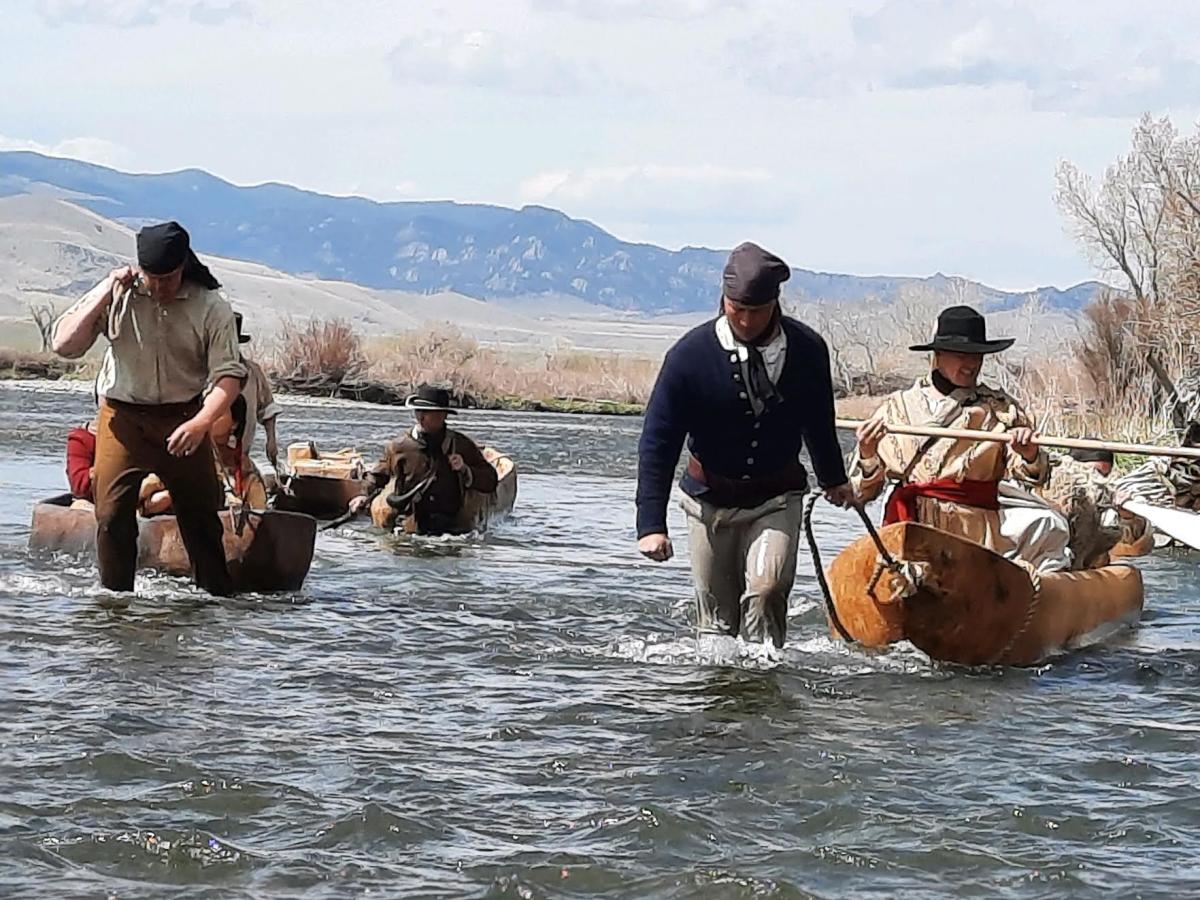
Dennis also brought his own clothing, which he said was appropriate to the era (from Lewis and Clark up to the 1840s) portrayed in the film. The clothing manager had other suggestions, and – even though Dennis didn’t always agree with them – he relented, saying “They’re running the show.” Dennis wasn’t the only one, as Mark and Sharon Brown are also particular on costuming (Sharon to a larger extent, as she is a seamstress who has several shirts, pants and blouse coats ranging from the 1810s to the 1890s).
When it comes to getting it right, Dennis is a perfectionist, as his wife, Mary, can attest.
“We’ll be watching a movie and she’ll say, ‘Dennis, don’t say what’s wrong with this one,’” he said. “I’m not trying to be a critic – I just notice things that are inaccurate – be it the way someone is holding a firearm or the way someone is dressed.”
As far as “Into the Wild Frontier” is concerned, Dennis said he thought the cast and crew did a phenomenal job.
“Generally speaking, I thought it was very good and I’m really happy I was involved with the first season. One thing I appreciated about the series is that it tells the story of the Native Americans respectfully.”
Dennis said he was thrilled to be a part of “Into the Wild Frontier.” He made many friends on set and got a sense of what the movie industry is like. But as delighted as he was to be part of the series, when asked if he wanted to return as armorer for season three (filmed west of Missoula), he respectfully declined, satisfied with the experience he had. The memories and his “Into the Wild Frontier” crew T-shirt are more than enough.
It’s comforting for Dennis to get to assist on a set, to work with fellow comrades of the frontier and enhance a program all about the era in which he feels a strong connection. The camaraderie involved is confirmation that Dennis isn’t so unusual after all. There are many who share the same passion and the same goal. Whether it be a docudrama with a production team of 40-plus people or reenactments such as Montana History Alive, both are striving for authenticity – and Dennis knows a thing or two about how to get as close as possible to the real thing, to reach that special moment when you say, “This is it. This is what it was like.”
“It doesn’t happen very often,” he said, “but when it does, you always remember it. It hits hard.”
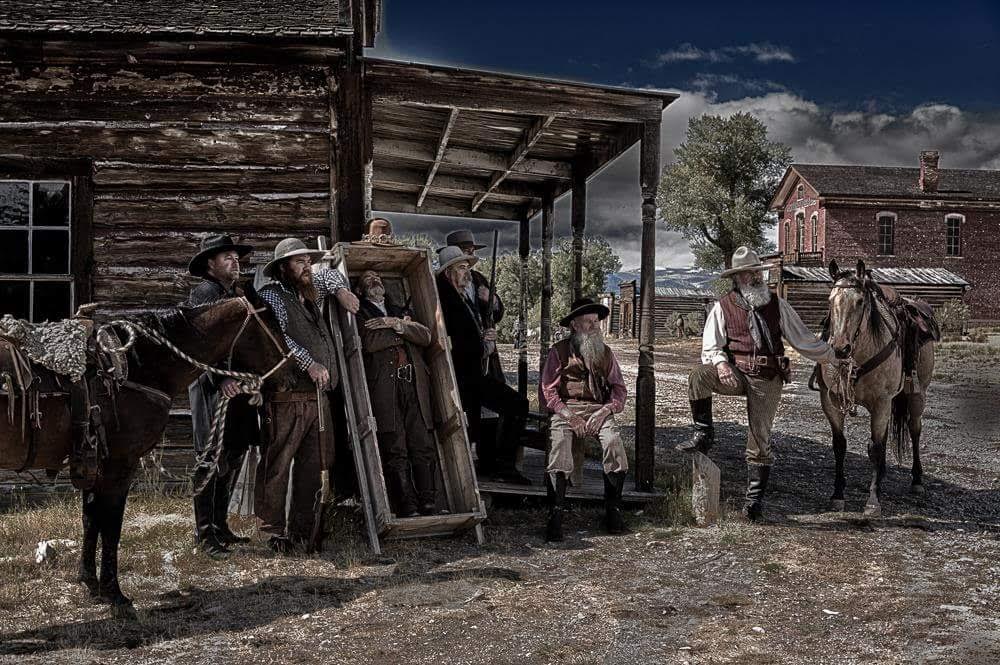

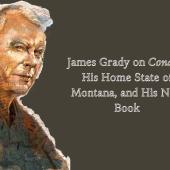
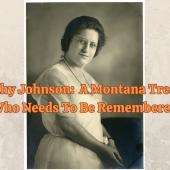


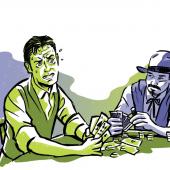
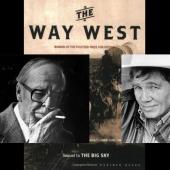





- Reply
Permalink